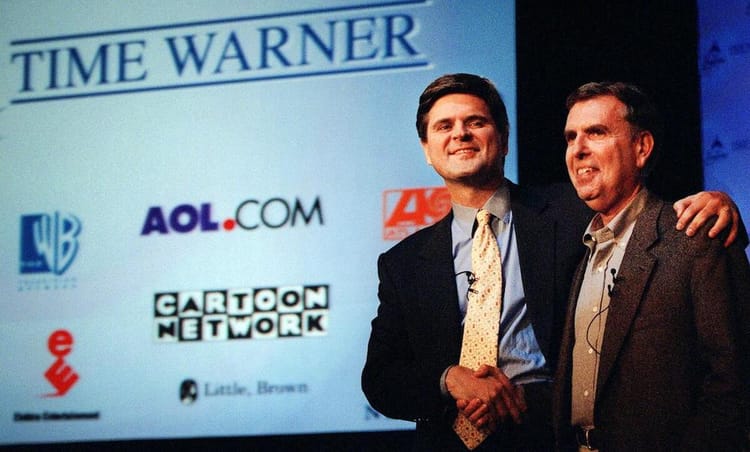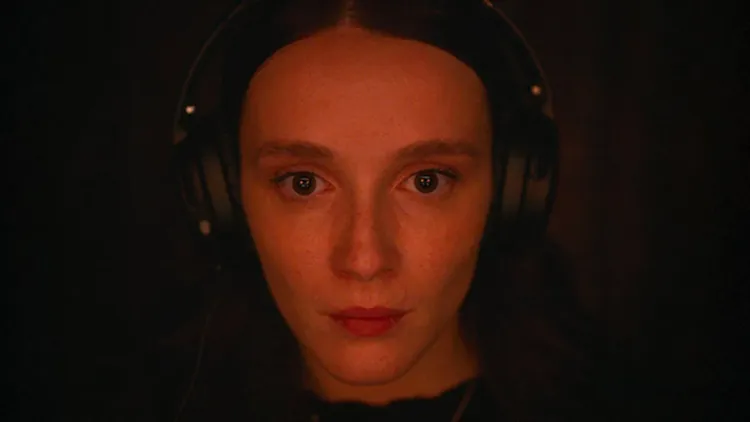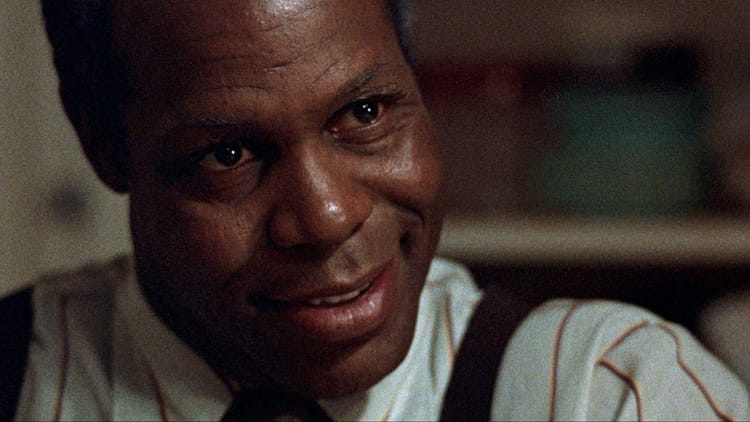Elevate Me Horror: BFTW 10/31/25
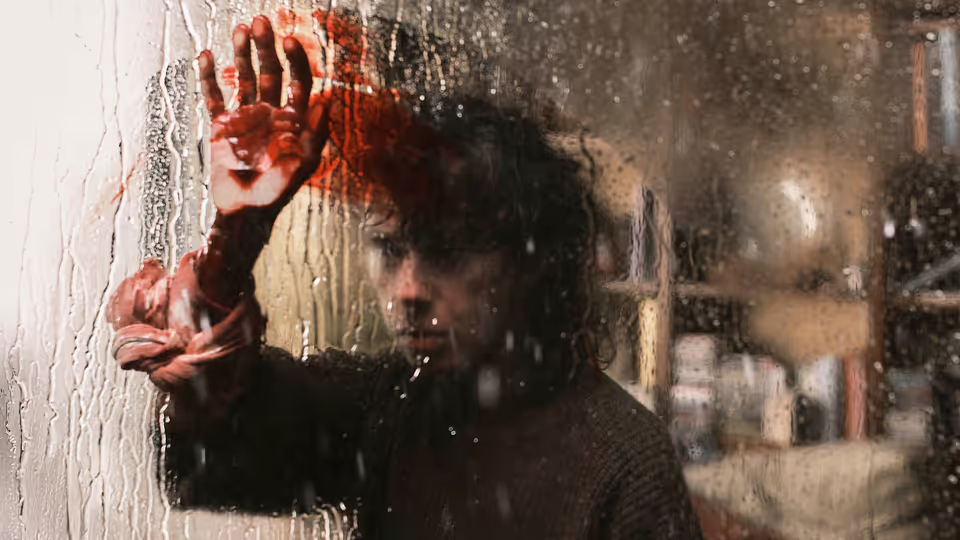
I don’t know if 2025 is a great year for horror movies, but it sure ain’t a bad one! And Bring Her Back might be the best horror film I’ve seen this year. Assuming you consider it a horror film. You probably do, as it involves occult rituals intended to raise the dead. But horror is one of those genres that get their commercial juice by promising a certain experience. A good comedy makes you laugh. A good romance gives you the warm & fuzzies. A good action flick raises your pulse. A good horror movie gives you the willies. And what’s scariest about Bring Her Back is less the supernatural, than a vicious selfishness that’s all too common. Despite the gore and hallucination, I could see some heads quibble that Bring Her Back is really a drama. A custody drama, no less.
Billy Barratt and Sora Wong play teenage step-siblings sent to live with a foster parent after their father dies suddenly. Wong’s Piper, while admirably confident, is sight-impaired, Barratt’s Andy determined to support her despite guilt and trauma that few seventeen years olds would have a handle on. Sally Hawkins’ Laura - who recently lost her own sight-impaired daughter - immediately favors Piper upon their arrival. Andy casually accepts the slight, painfully familiar with the fickle affections of adults. But as Laura’s moments of arbitrary cruelty grow more extreme, her son Oliver’s perverse behavior even more baffling, it becomes clear they’re up against darker forces than just an atrocious, manipulative guardian. Or are they?
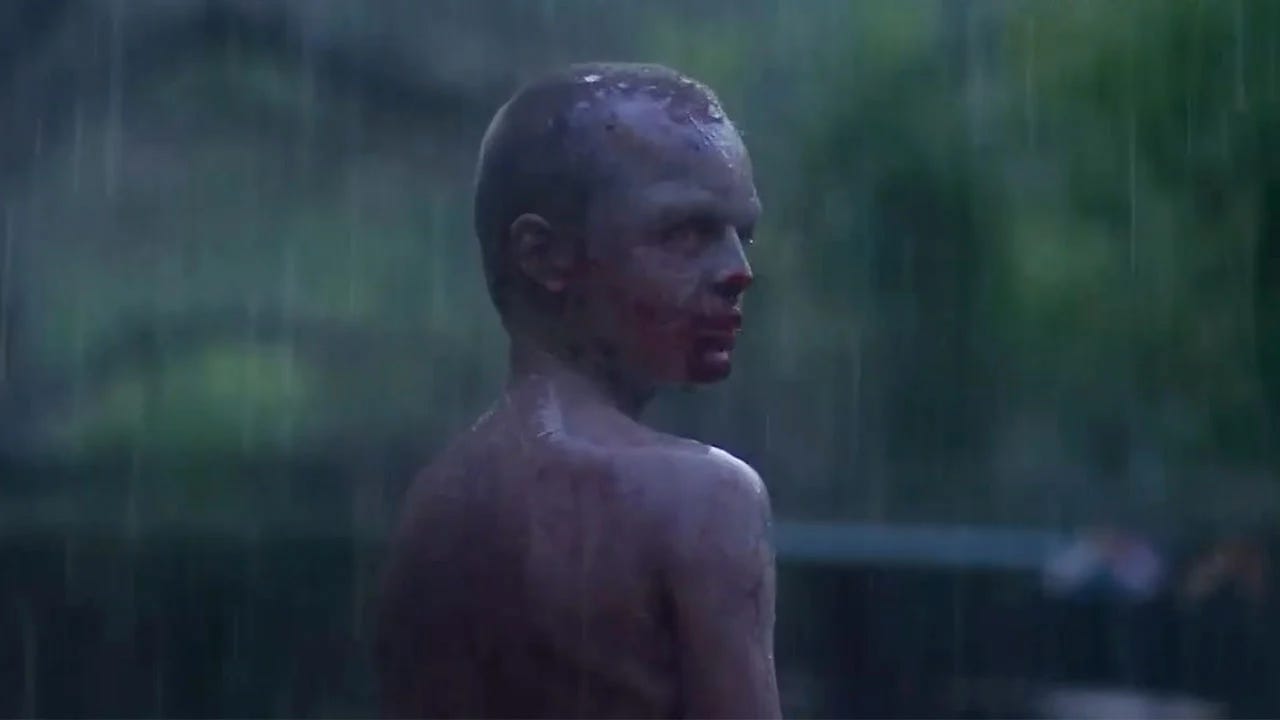
(Spoiler time!) The sick irony of Bring Her Back is that Tari, the supernatural entity possessing Oliver, couldn’t give two shits about these kids, and is actually less empowered that Andy or Piper. After all, they can go play sports or get on a bike. The demon has to stay within a certain radius of Laura’s house, like a dog behind an invisible fence, or lose control of Oliver. Tari is merely the most surreal weapon Laura employs to bend the world to her will, psychotically exploiting the grief of others to assuage her own. Hawkins, usually asked to provide quirky, demure charm by everyone from Mike Leigh to Guillermo Del Toro, is far more haunting than any of the violent set pieces that assign the film its genre. We can see that Laura is deeply scarred by past experience, and that she’s not without sympathy for her new charges. Their lives are just irrelevant compared to her all-consuming need to feel whole. The occult iconography, snarling cries and bloody wounds aren’t a metaphor for what some people are capable of, so much as an externalized heightening of what some people do.
Though less glib than Weapons about the how and why of its nightmare scenario, Bring Her Back similarly feels a little “well that happened” at the end. When the final girl speeds off crying in the back of a truck, Leatherface left dancing with his chainsaw, we can leave the theater knowing we got what we paid for and then some. But when you effectively, pointedly, convey the humanity of victims of unreal horror - it’s a bit of a cheat to suggest everything’s going back to normal now. Despite this dodge, both films get across the sense of being up against true, unapologetic ugliness, with no one to save us but ourselves. A great year for horror, indeed. FIVE BAGS OF POPCORN.

When Netflix and Ryan Murphy would have no problem filming R. Kelly feeling on Sharon Tate’s booty in front of Charlie Manson before saying identity politics is a chimera, the effort put into centering the victims in the miniseries The Devil In Disguise: John Wayne Gacy is truly refreshing and admirable. Created by Patrick MacManus, the show doesn’t deny the fascination we may feel regarding those capable not just of horrific actions, but of avoiding detection for years. Michael Chernus’ Gacy is right up there with everybody interviewed in Mindhunter, his compartmentalization and cruelty staggering in its pretense to jocular banality. But MacManus and the creative team prioritize our awareness of the tragedy he caused. Considerable time is spent on the lives cut short for no good reason, the shame and anger of those left to deal with the consequences Gacy elided, and the communities Gacy was left to terrorize.
Like AIDS, Gacy’s violence was blindly written off as a natural outcome for decadence and a failure to protect yourself, until a victim “innocent” and “normal” enough to mourn was revealed to the public. Devil In Disguise makes clear just how grotesque and heartless this perspective was, without reducing his victims to merely fragile fawns either. These were young men with dreams, goals, problems, families, who did nothing but seek love, respect and employment, only to be written off as troubled “runaways” when they couldn’t be found. Mileage will understandably vary, but I admired how MacManus didn’t abjure rubbernecking entirely. We still get to see Gacy fluster lawyers and police, all that juicy procedural drama. The goal of Devil In Disguise wasn’t piety in the face of the true crime glut, but to not reduce the story to easy, voyeuristic thrills. To argue that Gacy’s victims were no less human, with lives no less worthy of observing, and that these people are far more deserving of our regret and sympathy.

Voyeuristic thrills is just about all One Hour Photo has going for it, whether it’s Robin Williams’ psychologically fragile photo developer gawking at the perfect family, or us gawking at Robin Williams’ psychologically fragile photo developer. The film, directed by MTV’s Mark Romanek, doesn’t deserve Williams’ performance, a mix of anguish and calm resolve that makes the character’s actions feel unpredictable rather than arbitrary. But it’s there, and it kept me from turning the damn thing off. Second most striking performance: Jim Rash from Reno 911 and Community, briefly seen as “Amateur Porn Guy.” One of those shows should have made this a canon prequel. THREE BAGS OF POPCORN.
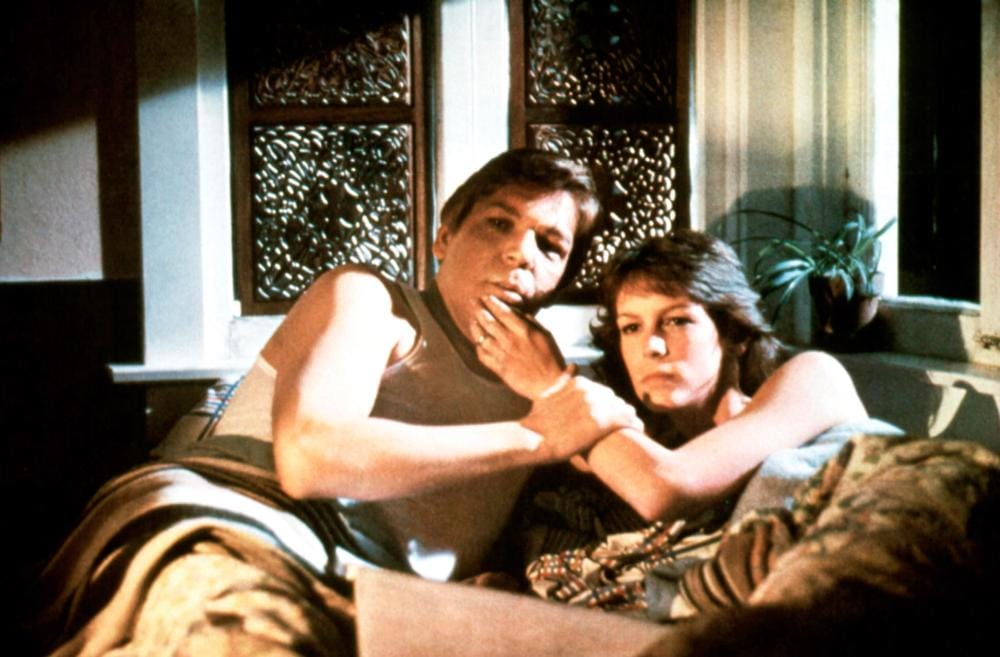
I haven’t put on a diaper and tied myself to a chair with a 2 liter of coke to watch Barry Lyndon yet, but I’m going to call The Fog John Carpenter’s Barry Lyndon. There’s a multi-minute sequence where we watch the director’s then-wife drive up to her lighthouse/radio station, walk to the top and get ready for her day, nothing but a grating tape of radio bumpers she’s proofing as soundtrack. That’s it. That's all that happens. Eventually, a scene or two later, a ghost tries to turn off that tape.
Auteurists say the film is about old secrets or blood debts or some shit, and if you’ve got your tongue wedged between the master’s synth keys, you do get to see some fog footage and long shots that could be called eerie. But the opening scene where an old sea captain played by John Houseman tells the backstory to a group of small children in the middle of the night (a failure of parenting less plausible than Halloween III’s) was added because Carpenter knew his tale of eternal evil was boring and confusing as fuck. The moral of the movie is that hot twenty-something hitchhikers who bed the grizzled, forty-something men who pick them up will eventually regret it. Even if the sex is good, eventually he’ll tell you dull stories and there’s skeletons in the closet. But this cautionary tale - harsh, but fair - only makes up about a third of the movie. The rest is about secrets or blood debts or some shit. And fog. And Mrs. Carpenter playing "Misty" for you. THREE BAGS OF POPCORN.
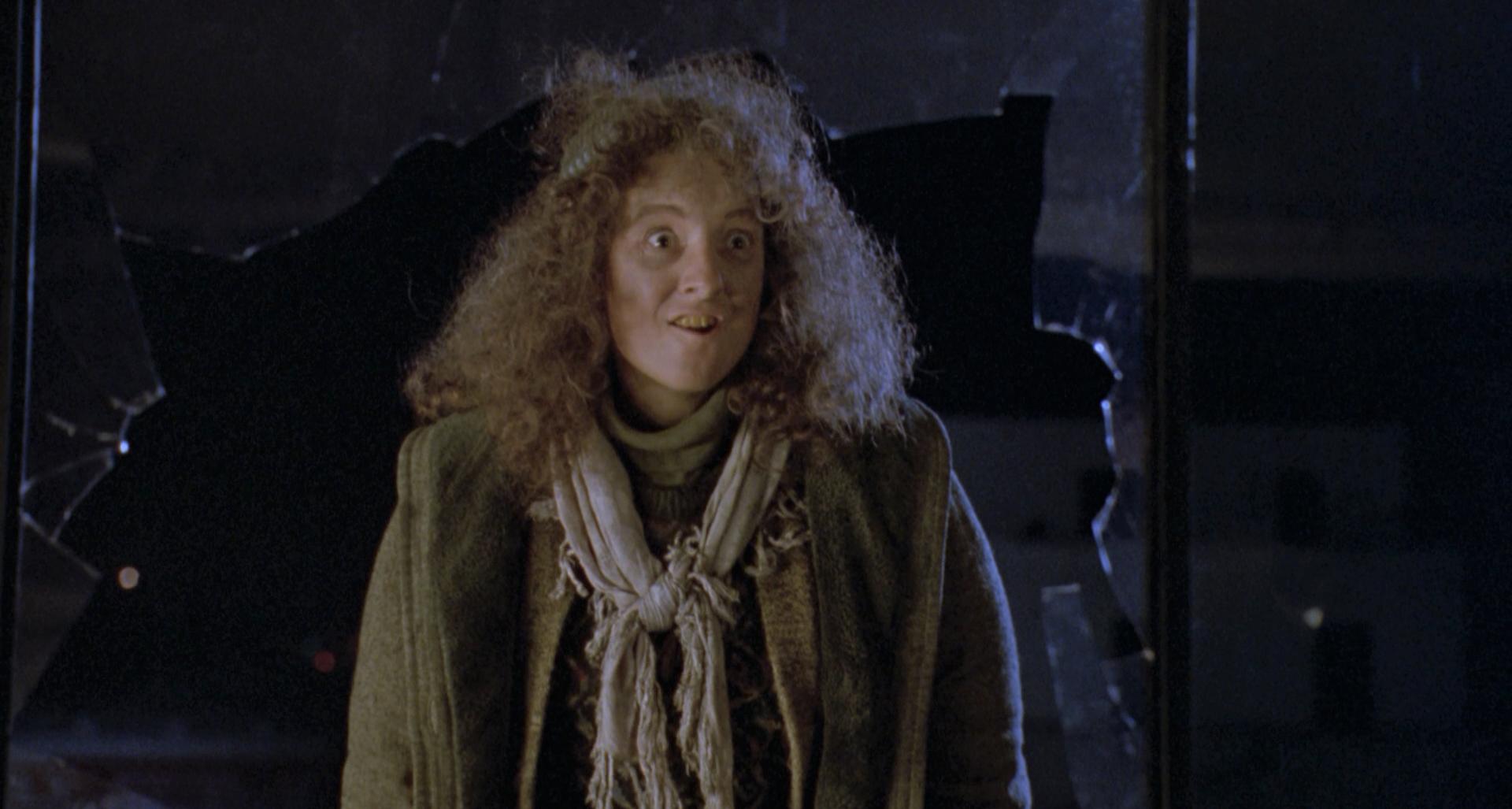
The First Power is just as dumb as The Fog, but with a more exciting visual motif. A serial killer who sure loves the devil is caught by a hothead cop, gets the chair, and is now a killer spirit who sure loves the devil. Lou Diamond Phillips plays the hothead cop, Tracy Griffith (Melanie’s half-sister) plays a huffy psychic who might make some scuzzballs wish the film was even trashier, and Jeff Kober is the serial killer of good, immortal cheer (there’s also a nun). After the killer is dispatched, Phillips is awoken from a terrifying dream by a cat that seemingly dropped from the ceiling to his crotch. At first you might chortle that this is lazy, cliche filmmaking, but soon we discover that everyone can defy gravity if the goal is to startle Lou Diamond Phillips, including a bag lady with real Carol Kane energy. Finally, in the climactic battle (spoiler!), Phillips inexplicably leaps through the air himself, fighting flyer with flyer. I have to appreciate the commitment to the bit. FOUR BAGS OF POPCORN.
My popcorn ratings are explained here. Suggestions for future streaming (not just movies, but music too!) should go to anthonyisright at gmail dot com. I live to assess!

